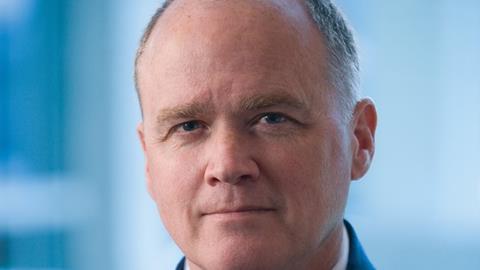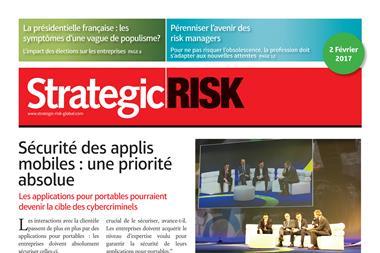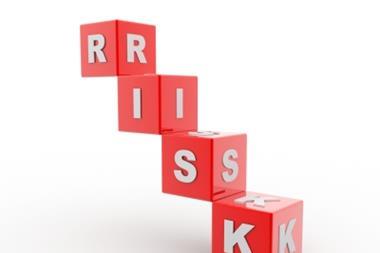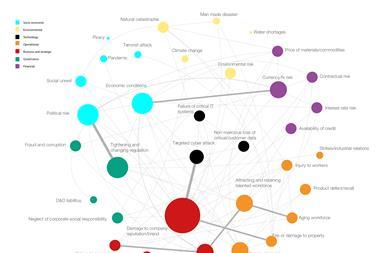In an exclusive interview with StrategicRISK, Mike McGavick, chief executive of XL Catlin, explains how he expects the risk and insurance industry to develop in the next 25 years

What do you think will be the main differences and similarities between the world of risk and insurance in 2017 and in 2042?
Twenty-five years feels like a very long time, especially when considering the relatively short time in which all of our lives have been rapidly transformed by technology and knowing that innovation tends to have a compounding effect.
Let’s look at driverless cars, for instance. Observers believe that in three years, there could be over 10 million self-driving cars on the road. So let’s think about the insurance implications. Motor insurance generates about 42% of global insurance premiums but 90% of crashes are caused by driver error. Needless to say, the motor insurance market might look very different in 2042. And the same thinking translates to nearly every economic sector.
So, the one thing you can’t do is wait to see what happens. For example, we’ve partnered with mobile robotics company Oxbotica in order to understand the issues in relation to risk, failure and liability of these potential autonomous systems and this translates into an insurable reality. And we have a number of investments in start-ups that are actively working to disrupt traditional insurance to stay ahead of what comes next.
One thing I think will stay constant is the need for risk managers, their brokers and insurers to continue to work together to provide the risk solutions the insurance market is best placed to deliver to further support our clients in their endeavours.
How do you expect the risk landscape to develop within the next 25 years? Which risks will become more prominent and which will be less important?
Let’s take the theme of AMRAE this year. It’s safe to say we are at the brink of a revolution where connected technology will be part of our lives, whether at work or at home. Researchers predict that there will be between 20 to 50 billion connected devices by 2020. Again, 2020 isn’t that far away. These technologies are creating incredible new opportunities for businesses but they also come with many questions in terms of risk management and liability.
Risk managers, brokers and insurers need to be working today to address these risks. This will involve partnering with engineers, product developers and scientists, to name but a few, to really understand the issues at stake.
How can risk managers ensure they remain relevant and continue to add value to their business in an increasingly digital and automated world?
Risk managers have a great opportunity to lead their organisations’ thinking about risk. At a time when risks are evolving faster than ever before, they have an incredible responsibility. To continue to add value, I believe risk managers should align with those insurers that are not only trying to understand tomorrow’s technology, but that are also driving and enabling innovation.
Blockchain, the EU’s revised Payment Services Directive and a Japanese insurer’s decision to replace its claim handlers with a supercomputer are examples of how the insurance industry is susceptible to disruption. What steps does the industry need to take to ensure it stays ahead of the game?
It’s very simple. Insurers can either see progress as a threat, or they can jump in, innovate and benefit from it down the line. This is exactly why we set up XL Innovate, a venture capital initiative that invests in companies with a strategic focus on new capabilities in the insurance sector. Additionally, we are currently involved with a number of industry consortia and are participating in various incubators to understand and play our part in the development of new technologies. Importantly, I think insurers have to break down obstacles by embedding innovation in the organisation, at every level. At XL Catlin, we announced at the end of last year the creation of Accelerate, an in-house team focused on innovation and insurtech that will work across the business, with the business. But ultimately, innovation is everybody’s job at XL Catlin.
Legal liability is a key concern with regards to driverless vehicles and robots. How do you expect this to develop? Until adequate legal frameworks have been developed, where does liability lie?
Regulators across the world are looking at that issue and it is difficult to know what the law in regards to robotics will look like in the future. Until then, I think insurers and risk managers should look at this contractually. Service agreements between suppliers and manufacturers should delineate the risk each is prepared to assume and how this risk accrues to other participants in the application. The law as it relates to product liability has proven to be remarkably adaptable over the years in responding to new technologies, and I think we should see progress in the area very soon. That being said, I think it’s important to accept that all liability questions cannot be pre-emptively resolved –and this shouldn’t serve as an impediment to further development.




















No comments yet